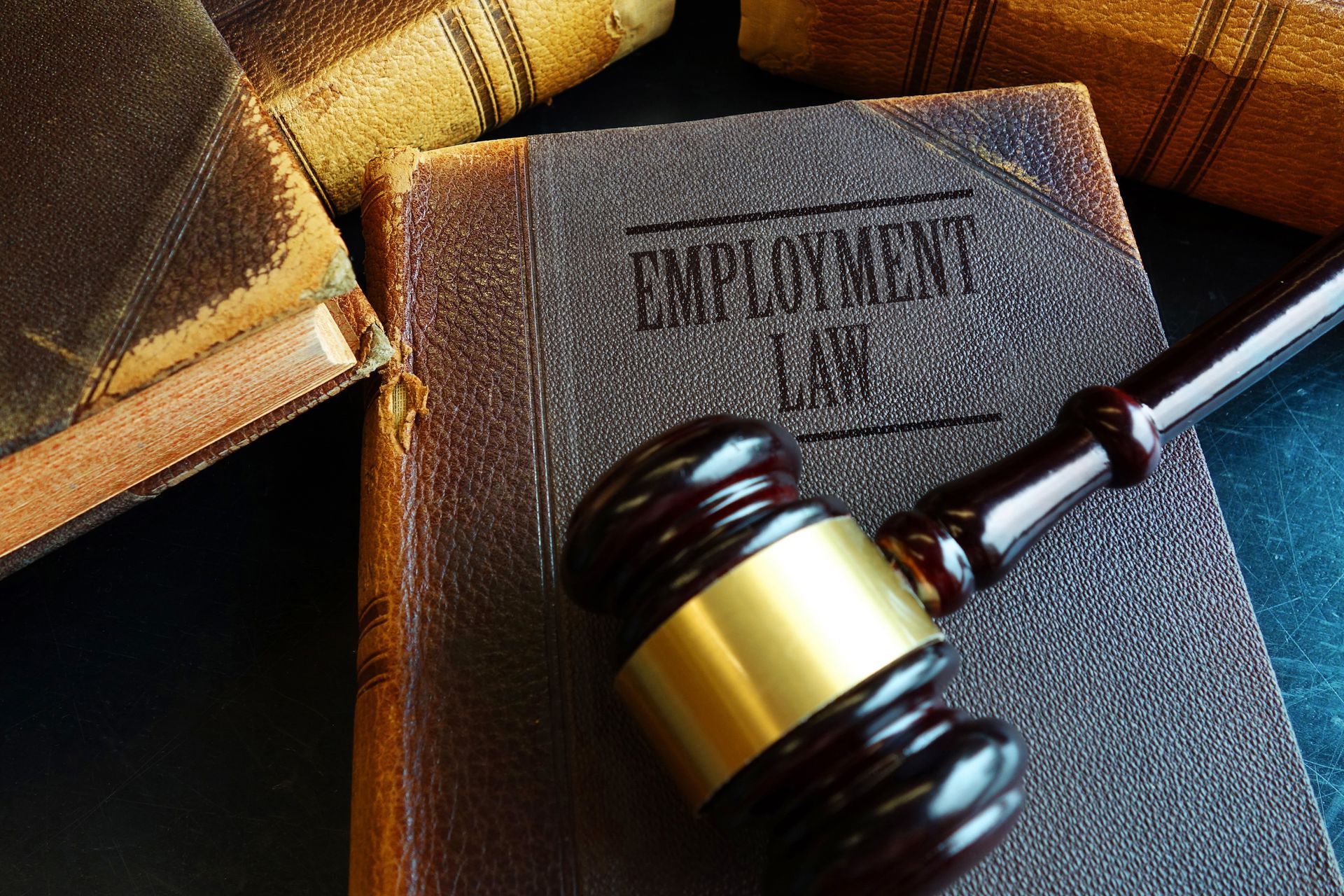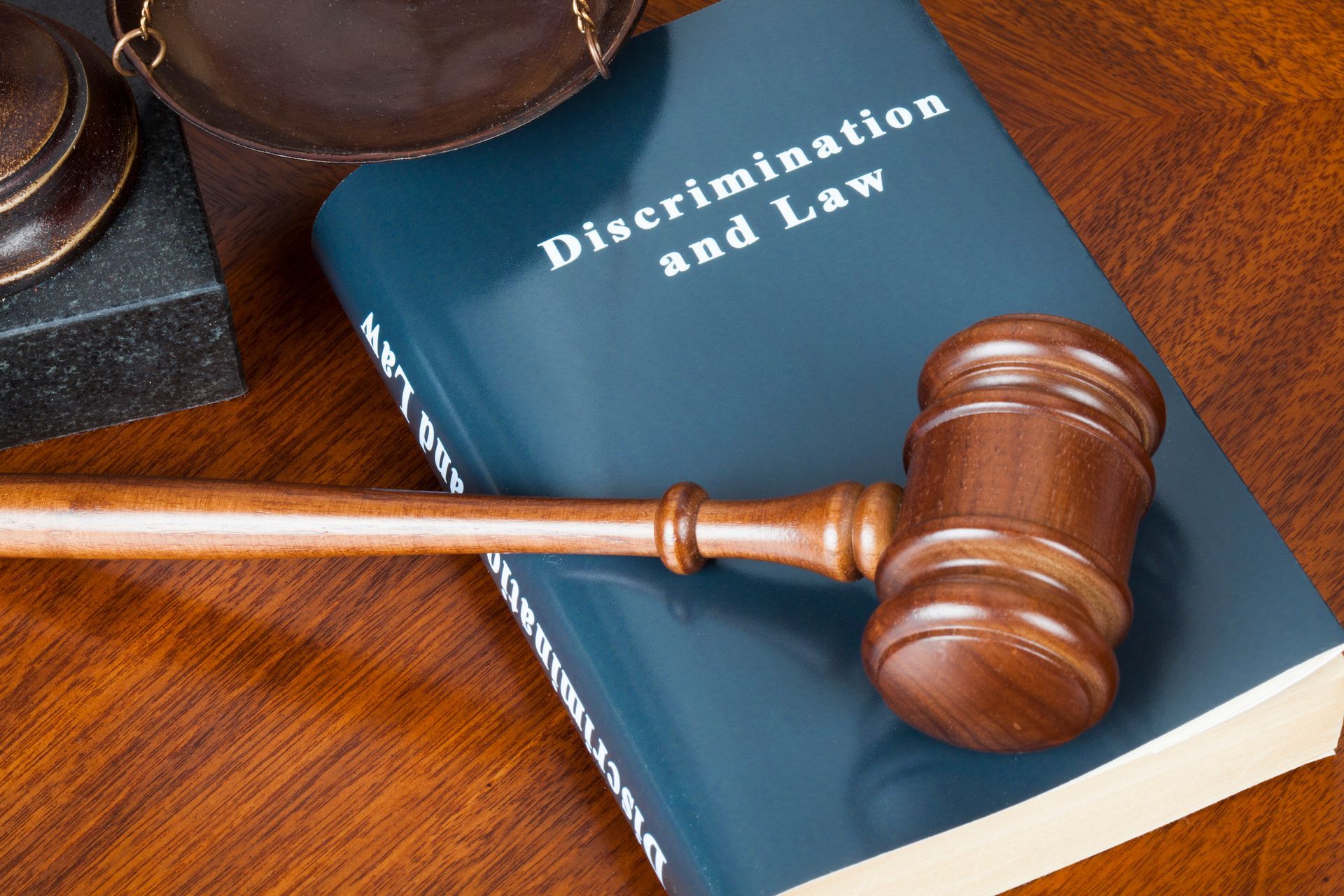What Is a Hostile Work Environment?

Under state and federal law, harassment is considered a type of illegal discrimination when it is based on a protected class status. If you are being harassed at work, you may be entitled to compensation against your employer. However, before you can establish your right to compensation, you must show that several legal elements apply to your situation.
Learn more about hostile work environments below.
Establish Pervasive or Severe Conduct
To have an actionable claim, you must show that the harassing behavior is pervasive or severe enough that a reasonable person would consider the working environment to be hostile or otherwise abusive.
Pervasive means that it is repetitive in nature while severe means that it is sufficiently harsh to justify the complaint, even if there was only a single act of hostile behavior.
The U.S. Equal Employment Opportunity Commission (EEOC) outlines the many forms that this illegal conduct can take, such as making offensive jokes or using racial slurs.
However, the EEOC notes that some behaviors do not rise to the level of a hostile environment unless they are extremely serious.
Therefore, you must be able to show that the conduct was either very severe or that it occurred so frequently that it created a hostile work environment.
Present Compelling Evidence
You must be able to show that you were specifically offended by this conduct, and a reasonable person in the same situation would have been offended by it, too.
Some examples of evidence that may help you establish your hostile work environment claim include:
- Emails, memos, or other written forms of communication that include the offensive language or conduct
- Journal entries where you have recorded specific instances of harassment
- Testimony from coworkers or other people who witnessed the conduct
An employment lawyer can evaluate the evidence that supports your claim.
Prove Protected Class Status
You must also be able to show that the harassing conduct was based on a protected class status. The EEOC states that federal law prohibits discrimination or harassment on the basis of a person's:
- Race
- Color
- Religion
- National origin
- Sex
- Pregnancy
- Age, if 40 or older
- Disability
- Genetic information
Harassment is also illegal if it occurs because a worker filed a discrimination charge or otherwise participated in a workplace investigation, proceeding, or legal claim that alleged discrimination.
On the state level, only age discrimination is a protected status that is also enforced on the federal level. (If you are offended by this, contact your State House Representative or State Senator and demand that Alabama finally pass a State Civil Rights Act). You may enforce some protections if a retaliatory hostile work environment occurs after you file a claim for workers compensation benefits.
To establish this element of a hostile environment claim, you will need to have direct or very persuasive circumstantial evidence of the connection between the harassing conduct that created a hostile work environment and this protected status or a strong inference of it.
For example, if you were fired shortly after the incident, this may establish an inference that the incident led to your firing. An employment lawyer can help evaluate this evidence.
Show Your Employer Had Knowledge
Finally, you must prove that your employer was aware of the harassing conduct that created a hostile work environment. The person creating the hostile work environment does not have to be the employer. You may have a legal claim if a co-worker or, in some circumstances, a non-employee committed the offensive conduct.
Contact an Employment Lawyer
If you believe that you have been subjected to a hostile working environment or you recently left such an environment, contact an experienced employment discrimination lawyer who can evaluate your claim.
Alabama Rules of Professional Conduct Notice: No Representation is made that the quality of legal services offered is greater than that of other lawyers. The information contained on this website is not a substitute for legal advice, and reading it does not create an attorney-client relationship.









